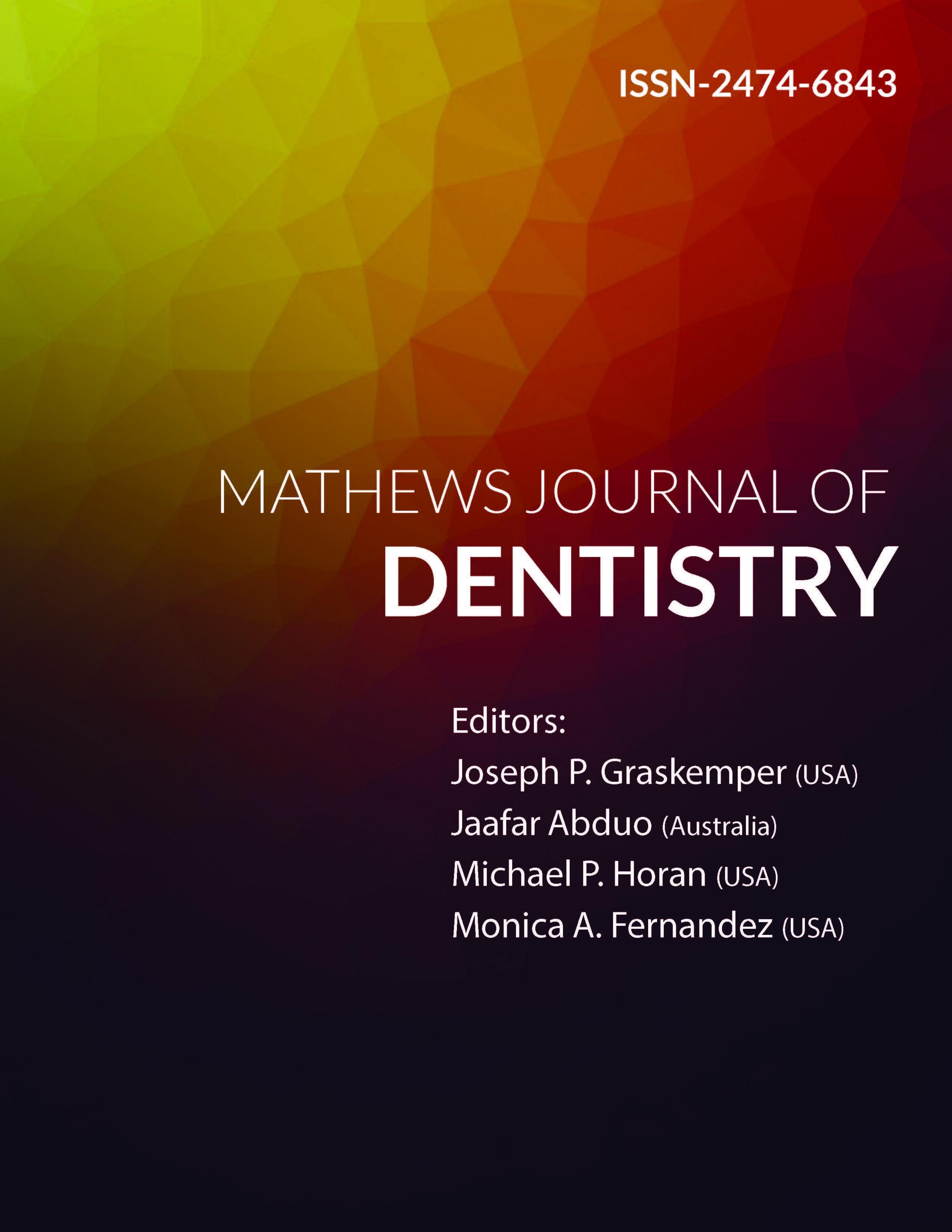
Information Links
Previous Issues Volume 2, Issue 1 - 2017
Chemical and Physical Analysis of the Effect of In-Office Tooth Bleaching Agent on Three Esthetic Composite Resin Restorations
Ameer Hamdi AL-Ameedee1*
1Faculty of Dentistry, University of Babylon, Babylon, Hilla, Iraq.
Corresponding Author: Ameer Hamdi AL-Ameedee, Faculty of Dentistry, University of Babylon, Babylon, Hilla, Iraq, Tel: 030 - 249551; E-Mail: [email protected]
Received Date: 22 Jul 2016
Accepted Date: 23 Dec 2016
Published Date: 28 Dec 2016
Copyright © 2017 AL-Ameedee AH
Citation: AL-Ameedee AH. (2017). Chemical and Physical Analysis of the Effect of In-Office Tooth Bleaching Agent on Three Esthetic Composite Resin Restorations. Mathews J Dentistry. 2(1): 013.
ABSTRACT
In the present study we evaluate the physical and chemical analysis effects of the in-office bleaching gel (H2O2 25%) on three contemporary restorative composite resins by using scanning electron microscope (SEM), atomic force microscope (AFM), energy dispersive X-ray spectroscopy (EDAX), Fourier transform infrared spectrometer (FTIR) and Vickers micro hardness taster (HVS), out of all the tested composite resins in comparison with two follow-up examinations (before bleaching and after one week of bleaching).
Materials and Methods: A total of 300 discus composite resins; Beautifil II, a Nano hybrid composite resin (Giomer); IPS Empress Direct, a Nano hybrid composite resin (Ceromer); and the Ceram-x-mono, a Nano ceramic micro hybrid composite resin (Ormocer); (n=100 for each group), were selected for an measurements evaluation of before (n=50 for each group) and after one week of bleaching treatment (n=50 for each group) by micro hardness tester measurements and chemical analysis using SEM, AFM, EDAX images and FTIR (n=10 for each test).
Results: The Vickers's hardness revealed a significant increase in micro hardness of the Beautifil II and IPS Empress Direct; also the SEM, AFM, EDAX images and FTIR revealed a great diversity in ultrastructure. The results obtained served to validate that the methods employed in this study, SEM, AFM, EDAX, and FTIR were useful in examining and analysing the physical and chemical changes of bleaching on the composite resins.
Conclusions: It was also found that the changes of the arrangement of filler and chemical composition on the composite resins caused by the effect of bleaching had an effect on the chemical and physical properties. Further studies are needed in search of clinical applications that optimally match the differing properties of these materials.
KEYWORDS
SEM; EDAX; AFM; FTIR; Vickers Hardness Tester; Beautifil II; IPS Empress Direct; Ceram.x.mono; Bleaching Materials.